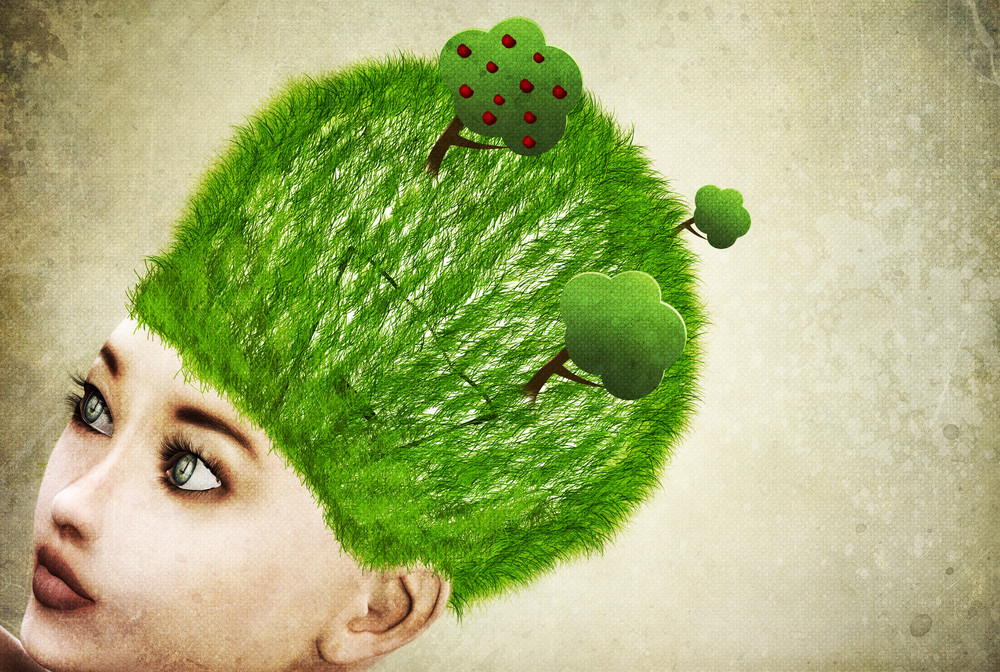New research has shown the close connection between the mind and the body and the simple but important thing we can do to stimulate parts of the brain.
You’re sitting down, urging that creative spark to come. You can feel it. Almost there. But not quite. There it is. Nope. Gone again. It’s hiding like a hunted thing, peering from the distance, shyly darting from you as soon as you get close.
Frustrated and empty, you get up from your chair and start to walk, one foot in front of the other – and there it is, straight in front of you, then upon you, like it’s been waiting for you patiently the entire time.
The scientists at Stanford University would not be surprised.
In a recent study published in the Journal of Experimental Psychology, they have demonstrated that walking indoors or outdoors, as opposed to sitting, can increase creative thinking by up to 81% with an average increase of around 60%.
This creative boost lingers beyond the walk for 5 to 15 minutes.
Walking outside seems to have the greatest effect on creativity, but there’s no need slather on sunscreen to entice your creative energy to life. The act of walking is more important than where you walk. Even when participants in the study walked on a treadmill facing a wall in a small, bland room they showed a strong improvement in their creative thinking during and straight after their walk.
Interestingly, not all thought processes improved under the influence of walking.
The study looked at two types of thinking.
The first was divergent thinking – a creative process that requires opening up to many possibilities. (Think arts and humanities or brainstorming possible themes for your next party.) Ideas come from anywhere and flow freely and spontaneously. There is no one correct answer and often the outcomes are unexpected.
In the Stanford study, participants were asked to come up with alternative uses for common objects such as a button. Responses included ‘a tiny strainer’, ‘to drop behind you to leave a path’, ‘a door knob for a doll’s house’. Walking enhanced this type of thinking.
The other type of thinking tested was convergent thinking. This draws on logic and decision making to come up with one correct answer. (Think maths and science or trying to figure out why there’s no music coming through the speakers at your brilliantly themed ‘I-can’t-believe-you-wore-that-to-my-party’ party.)
Participants in the Stanford University study were asked for a word that goes with each of three words, such as cottage, Swiss and cake. (There’s only one answer – cheese.) For this type of thinking, performance after a walk was slightly worse.
Studies such as these show the close connection between the mind and the body and the importance of physical movement on stimulating parts of the brain.
At this stage, it’s unclear whether the improvement in creativity is specific to walking or whether any form of mild activity would see the same result.
Also unclear is exactly how walking fuels creativity. Walking seems automatic but that’s because we’ve been doing it all our lives. In actual fact, walking requires its share of mental energy to keep us upright, balanced, steady, left foot … right foot … breathe … left … right ….
It is plausible that occupying the mind with the act of walking means that there is less energy available to screen (read ‘block’) ideas. More unlikely, unfamiliar and unexpected ideas are able to seep through. Think of it as distracting the gatekeeper. Creativity requires that ideas be allowed to have air-time. Sometimes it’s the wildest ideas that have the juice and lead to something brilliant.
The capacity for brilliance is in all of us, but breaking through can feel like taking to granite with a splintered toothpick. Next time the stirring of something is there, looking for a way out, start walking.
[irp posts=”93″ name=”What to Feel Differently? Start With This (And It’s Not What You’d Expect!)”]



Leave a Reply